Cyrus the Great in Shahnameh 2
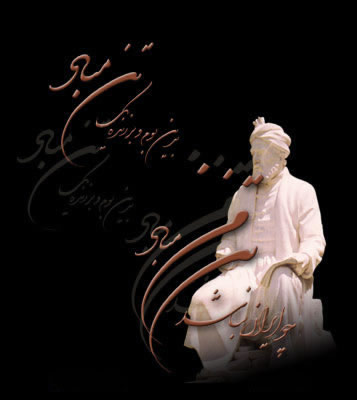
Coordination of Cyrus's statements with Kaykhosrow
Advice that کیخسرو He gives it before his death and it is recorded in Ferdowsi's Shahnameh. It is very similar to Cyrus's advice in the book of Cyrus..
According to the Shahnameh, Kaykhosrow leaves the heart of the world after sixty years of kingship and asks God to call him back to himself.. After a while, Soroush appears in the dream and gives him the good news that his wish has been accepted.. When Kaykhosrow wakes up, after advising the elders and passing events, he travels to another world, or in other words, ascends..
…
Xenophon also reports that Cyrus dreamed before his death:
When Cyrus was sleeping in the palace, Tinabi (Dreamy) Saw: A facies (قیافه ای) Who was more glorious and beautiful than a human being, appeared to him in a dream: "Get ready, Cyrus, because you must go to God soon." When it tingles (Dream) It ended, Cyrus stood up and looked (In the opinion) He seemed to have more or less realized that the end of his life was near.
Cyrus the Letter of Xenophon, Book 2, Section 1, Section 2 - Translated by Khashayar Rakhsani
Although other historians have spoken of Cyrus dreaming before his death, Xerxes' advice before his death, according to Xenophon, has strange similarities with Kaykhosrow's advice in the Shahnameh..
According to Xerxes' letter to Cyrus, Cyrus was the first to speak of his victories.:
My sons and my friends, the end of my life is coming,… and when death takes me away, you must reveal by word and deed that I have been fortunate and happy.. As a child, I had all my childhood joys and victories, and as I became proud and uplifted, I took away the treasures of my youth; And I grabbed all the masculine necks,… and as the years went by, I watched as my strength increased over the years, so that I did not find myself weaker in old age than in youth; And I do not remember failing to achieve what I had sought or dreamed of.. Moreover, I have made my friends happy with the treasure and desire that I have given, I have thrown and beaten the enemies.. This land of ancestors that once came to nothing in Asia, I will now open to you in a powerful way, and if you look (Opinion) Let us know what great victories have embraced me, we will know that I have not been defeated.
Cyrus then speaks of his fear:
Throughout my life, my days passed as I had hoped, the fear that always accompanied me was that one day I would set out on a perverse and demonic path, and this fear did not cause me to express myself as great, or to rejoice so much. To be foolish. … My wish is for people to think I am successful, and to remember me well.
Cyrus the Letter of Xenophon, Book 2, Section 1, Paragraphs 6, 1 and 2 - Translated by Abolhassan Tohami
According to Ferdowsi's Shahnameh, Kaykhosrow thinks this way about himself at the end of his life:
He washed on this species for many years / The world became all king
He became full of thoughts about John Shah / It's going to work and that device
He said the same: Everywhere from Abad Boom / From India and China inside to Rome
Both from Khavaran to the west / From mountains and deserts and from dry and wet
I was emptied all over / I was commanded and sometimes fogged
The world became fearless / I spent a lot of days
I wished for everything from God / And if my heart went to Kane Taft
And then he talks about his fear:
My mind should not be flour / Consciousness and the cult of learner
I do not like such laughter and jam / Who came to me with a net and a helmet…
I thank God for an ungrateful time / Clearly fluent in the panic logo
ز من بزسلد فره ایزدی / Grim to crooked and bad way
From then on, I will go through that darkness / My head and officer fall to the ground
Stay in the universe, the land of bad name / The same before God, bad end
Evil this flesh and the color of rakan / Pour into the soil inside the bone
Art be reduced, ingratitude instead / The psyche remained dark to the other house
Someone Took My Throne / Bring me my luck
I have a bad name left / The flowers of old sufferings are thorns
I now wanted Choo Kane the father / Make the world well
I killed the one who should have been killed / Which is crooked and large with the way of God
There is no tree left to be destroyed / That the charter of my fortune does not read
As we see in both reports, first there is talk of expanding power and victory over the enemies and achieving all the wishes and desires, and then in the end, there is talk of fear.. The fear that Kaykhosrow and Cyrus talk about at the time of death is the fear of being caught in the clutches of pride and selfishness caused by gaining too much power, lest they be led to ingratitude, and the demonic nature of this action is quoted in both reports..
Thanks to Dr. Jalal Khaleghi Motlagh, Journal of Iranology
Coordinations outside the Shahnameh
Abu Rihan al-Biruni, in his very valuable work, "The Remnant Works of the Empty Centuries," directly mentions the oneness of Cyrus and Kaykhosrow..
Biruni quotes the sayings of various nations and tribes about kings, and the section on the kings of Iran is in relative harmony with the Shahnameh.. He points to differences over what is said about the kings of Iran, and finally points to another quote and says::
In the books of travel and news that have been quoted from the books of the Maghreb, the kings of Iran and Babylon have been mentioned and they have started from Fereydoun, who is called "Yafol" by them, to have…
Biruni goes on to say:
But it differs from what we know in terms of the number of kings and their names and the duration of their reign and other news..
But in the end, out of respect for the readers, he also quotes this narration and says it before:
If we do not quote the above-mentioned tribes here for the readers, firstly, we have not sold all our possessions and secondly, we have generated concern in the hearts of the readers, and we will put these tribes in a separate table so that the opinions and views are not mixed..
And finally in the table in question it is written like this:
Cyrus who is Kaykhosrow.
Translation of the remaining works of the empty centuries of Abu Rihan al-Biruni, pp. 141 and 147
____________________________________
Cyrus, Fereydoun or Kaykhosrow?!
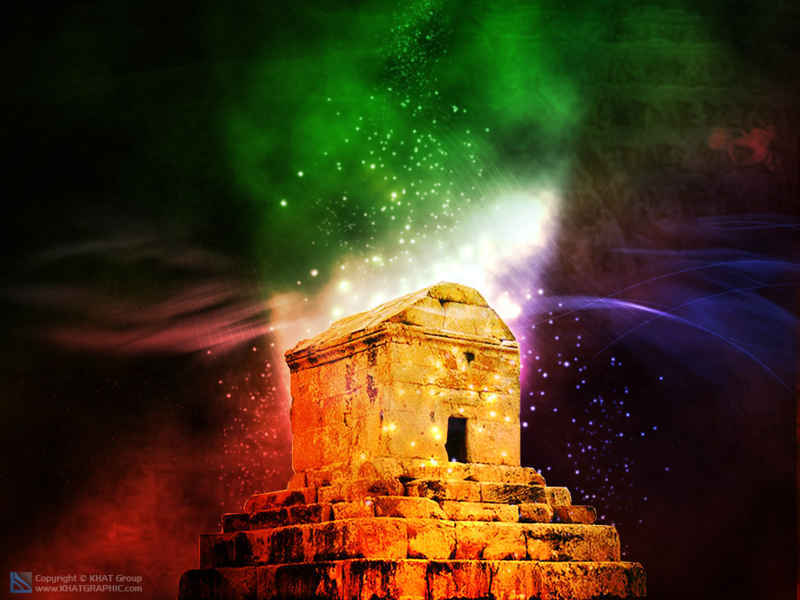
Maybe there is an ambiguity that Cyrus is Fereydoun or Kaykhosrow?! As mentioned before, there is a mixture of narrations in Shahnameh and this mixture is very natural considering the time of writing Shahnameh.. On the other hand, there are mixes in the narrations of Greek historians.
But it must be borne in mind that given the time of Fereydoun and the theories that are said about him(Fereydoun was not a person but a historical period), Only the narrations of Cyrus are mixed with him, but the time of Kaykhosrow and also his character suits Cyrus.
As mentioned, the Shahnameh begins with the Pishdadi kings. Kings like Kiomars, Houshang, Jamshid and Fereydoun. The time of the Pishdadians seems to be in harmony with the prehistoric period of the Iranians; So that some researchers do not consider them a special person but a historical period. As mentioned, some consider Jamshid as a symbol of the period of Aryan civilization and Fereydoun as a period of multi-interest Aryan race.. Prehistoric Iranians may have appeared as kings in our legends, and it is likely that the fascinating stories told about them are rooted in the historical stories of other kings.. The similarities between Fereydoun and Cyrus have caused many of the stories of Cyrus to be narrated in the form of Fereydoun. For example, it remains in the minds of the people that the great kingdom, which was very just and virtuous and defeated the dragon, did so and so; So they thought that this narration belonged to Fereydoun. But Fereydoun may not be a special person.
On the other hand, it seems that the time of Kaykhosrow is related to the period when people and kings were in power. As mentioned before, with the researches done, it seems that the Kianians of Shahnameh have the most fusion with the Medes and the Achaemenids.. Cyrus, whose mother was a Median, continues to be the king of the Medes, and it is not possible to completely separate the Medes and the Achaemenids; Therefore, it is very natural that both are seen with the name of Kianian in Shahnameh. The changes that took place after the arrival of Cyrus can be compared to the changes that took place with the arrival of Kaykhosrow in the Kianid period.. Fereydoun created such a change in the Pishdadian period.
All in all, Fereydoun's position and the character of Kikhosrow are like those of Cyrus. Kaykhosrow's time is also in relative harmony with Cyrus. If we say that Cyrus is depicted with the name of Kaykhosrow and his narrations are also in the form of Fereydoun; We have not said in vain.
If we compare the Shahnameh with historical narrations, such similarities may be found in other periods as well. As it seems, Dariush is depicted with the name of Darab and the narrations related to him are also in the form of Jamshid.. So it is not surprising that we know Parseh Palace as Persepolis.
These cases show that the Iranians, after all these years and despite those great attacks, kept the history of their land in their memory and Ferdowsi has preserved these monuments with his memorable masterpiece, Shahnameh..
Themes :
Ferdowsi Shahnameh.
External. Translator: Akbar Danasersht. Translation of the remaining works on the empty centuries. Tehran: Khayyam Library to Translator Company. Book Printing Company Printing House, ١٣٢١
گزنفون. Translator: ابوالحسن تهامی. Based on the English translation by Henry Graham Dakyns). The life of Cyrus (Cyrus Letter Cyropedia). second edition. Tehran: Negah Publications, ١٣٨٩
گزنفون(symphony). Translator: Khashayar Rakhsani. Biography of Cyrus the Great (Cyrus Letter Cyropedia). Iranshahr Research Association
Herodotus. Translator: Morteza Saqibfar. History of Herodotus. First Edition. Tehran: Myth Publications, ١٣٨٩
Photius. Translator: Kamyabi Khalili. Summary of the history of Katzias from Cyrus to Ardashir(Known as the Summary of Photius). First Edition. Tehran: Karang Publications, 2
Help letters :
Abdul Azim Rezaei. Ten thousand year history of Iran. Fifteenth edition. Iqbal Publications, ١٣٨٢
Fereydoun Junidi. زروان. First Edition. Tehran: Balkh Publishing, 13584.
The glory of the Absolute Creator. Journal of Iranian Studies. Seventh Year, Spring 24, No. 1
Javad Kahlan Mofrad, Our History Website, September 4, 2011
Ali Akbar Dehkhoda, Dehkhoda Dictionary, the word Zahak
Fertilizer themes(Pictures):
Tony Allen, Charles Phillips, Michael Crigan. Consultant: Dr. Vesta Sarkhosh Krits. Translators: Zohreh Hedayati, Ramin Karimian. Sky wise server. First Edition. Tehran: Ney Publishing, 2005. ISBN 964-312-796-6.
The promotional version of the documentary in search of Cyrus the Great, Spenta Productins
____________________
Taken from Ahura Campus



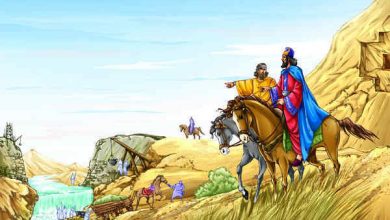
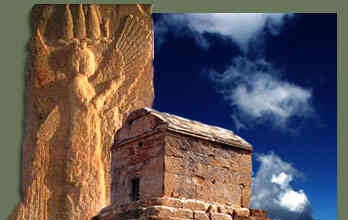
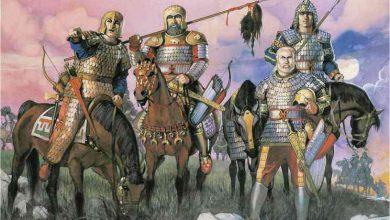
What the anti-Cyrus sites say is that Abu Rihan considers Cyrus to be Kikhosrow from the point of view of the Westerners, who are our long-time enemies. And even one of those sites(Address at the end of the text) He said that Kaykhosrow came from ancient Indian and Iranian legends and Kaykhosrow is the same as kava husrava. What is the author's opinion about this article? Www.adyannet.com/news/15251